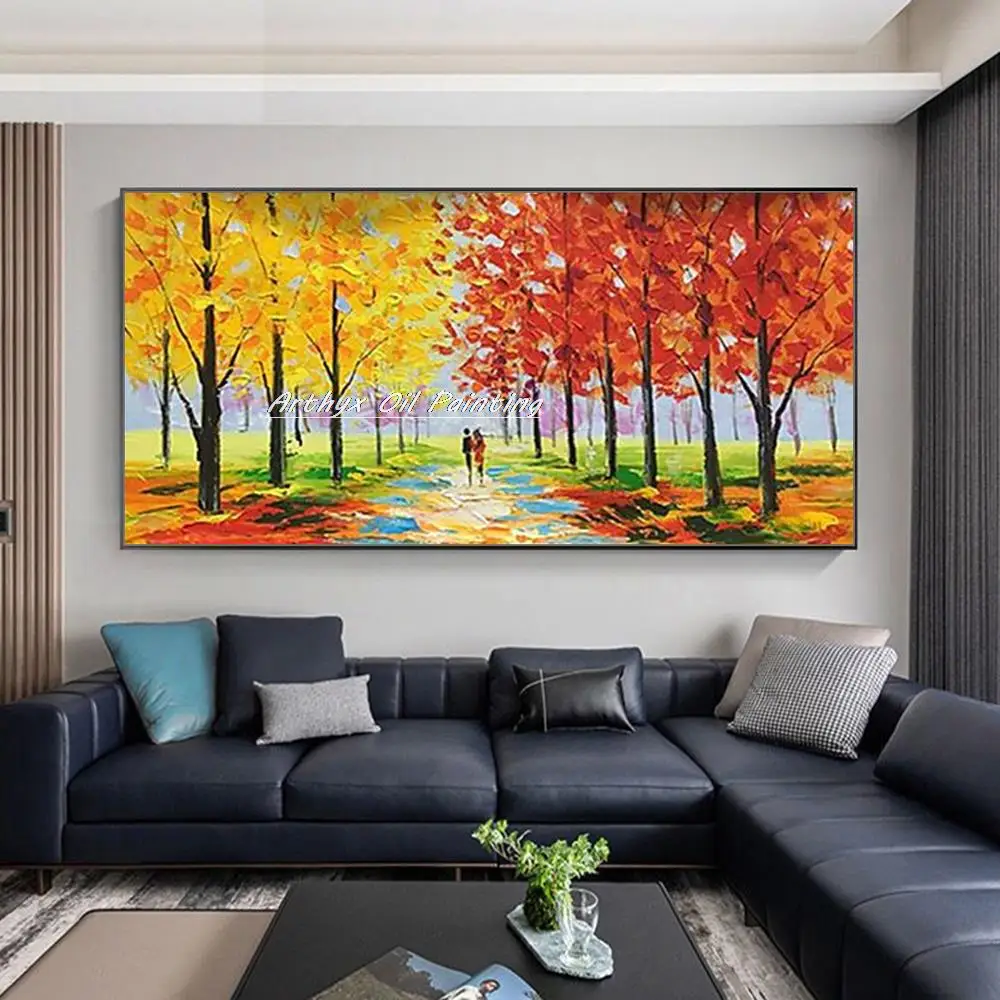En plein air painting, the practice of creating art outdoors, brings a unique set of challenges and opportunities for artists working with oils. Whether you’re a seasoned plein air painter or just getting started, these tips will enhance your outdoor painting experience and help you capture the beauty of the natural world with oils:
1. Choose the Right Materials: Opt for portable and lightweight materials to make outdoor painting more manageable. Consider a compact easel, a lightweight pochade box, and a sturdy but portable chair to create a comfortable and efficient setup.
2. Plan Ahead: Check the weather forecast and plan your painting session accordingly. Be prepared for changing conditions by bringing layers, sunscreen, and insect repellent. Additionally, consider the time of day and how the lighting will evolve during your painting session.
3. Simplify Your Palette: Limit your color palette to essentials. This not only makes your outdoor painting kit more manageable but also encourages color harmony in your artwork. Focus on the primary colors and a few neutrals to capture a wide range of hues.
4. Work Efficiently: En plein air sessions are often time-sensitive due to changing light conditions. Establish a focal point and work on the most critical elements of your composition first. This ensures that even if you run out of time, you’ll have a strong foundation for your painting.
5. Capture the Atmosphere: Pay attention to the atmosphere and ambiance of the outdoor scene. Use techniques such as glazing to capture the subtle shifts in color and temperature, creating a more realistic representation of the environment.
6. Embrace the Elements: Allow the outdoor environment to influence your work. Wind, sunlight, and the sounds of nature can contribute to the overall experience of your painting from photo. Don’t be afraid to let these elements shape your artistic choices.
7. Quick Sketching for Composition: Before diving into the main painting, create a quick sketch to establish the composition. This helps you identify the focal points, proportions, and overall structure of your artwork before committing to a larger canvas.
8. Be Mindful of Drying Times: Keep in mind that oil paint takes time to dry. To avoid smudging, consider using a fast-drying medium or layering your paint strategically. Be prepared to transport wet paintings home with care.
9. Experiment with Texture: Take advantage of the tactile nature of oils by experimenting with texture. Use palette knives, impasto techniques, or even natural elements like twigs or leaves to create interesting textures in your outdoor paintings.
10. Enjoy the Experience: Embrace the joy of painting outdoors. Capture the unique energy and spontaneity that comes from working directly in nature. Allow the experience to influence not only your artwork but also your appreciation for the natural world.
En plein air painting with oils is a rewarding and immersive experience that allows artists to connect with the landscape on a deeper level. By incorporating these tips into your outdoor painting practice, you can enhance your skills and create captivating artworks that reflect the beauty of the great outdoors.



